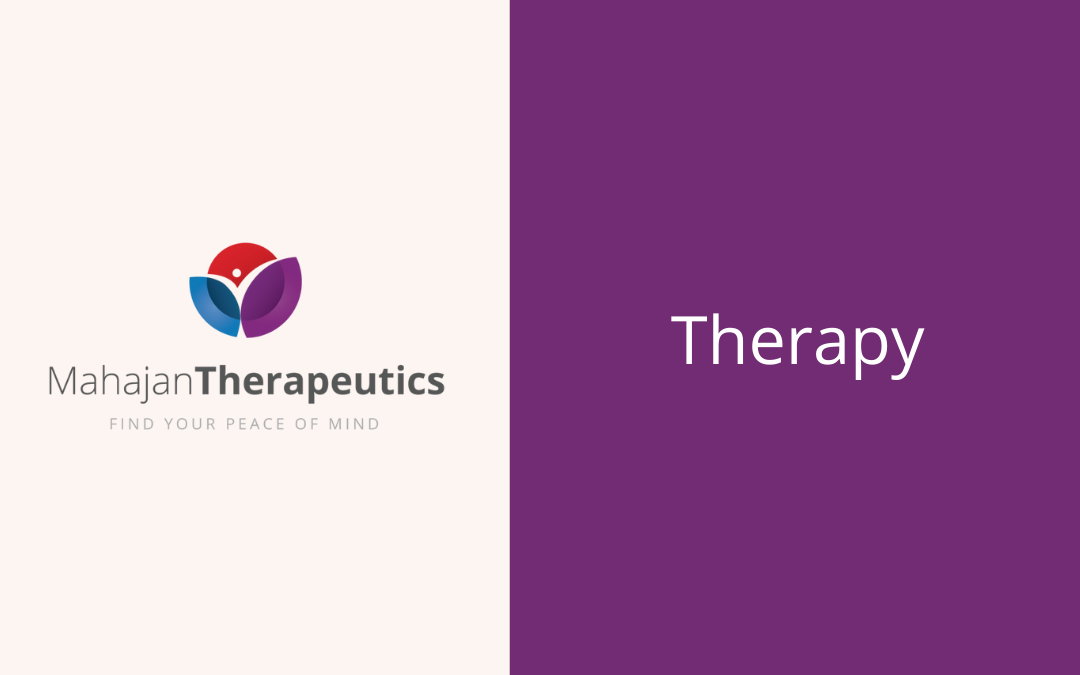Studies show that eating disorders have been on the rise since the pandemic, and college students are at especially high risk. If you suspect your student or loved one has an eating disorder, there’s no better time than the present to learn how to help.
Eating disorders might center around eating and exercise habits, but they disrupt all aspects of life. The sooner a student begins to address an eating disorder, the less likely it is to derail their college career and future.
Who’s at the Highest Risk for Eating Disorders?
Eating disorders frequently manifest in the late teens and early 20s, so most college students are at higher risk simply because of their age. That risk is heightened by the stresses of college, where the loss of structure collides with increased responsibilities, and many students are in charge of their own diet and grocery shopping for the first time.
Students of all ethnicities and socio-economic groups suffer from eating disorders. While more prevalent in women, men are now being diagnosed at far higher rates. Student-athletes and transgender individuals are at disproportionately high risk. The same goes for those with a history of anxiety, depression, low self-esteem, and perfectionism. Youth with diabetes, on the autism spectrum, or with a history of Avoidant/Restrictive Food Intake Disorder (ARFID) are also at increased risk for new or re-emerging eating disorders when they reach college age.
For a list of links and fast facts and research on eating disorders, see the National Eating Disorders Association (NEDA) statistics.
Eating Disorder Signs
Unhealthy habits around food have been so normalized, particularly by youth feeling pressure to fit in, that they might not initially appear to be red flags. Surveys show that most US college students engage in disordered eating habits at some point, like drunkorexia (starving oneself to offset the calories of a planned night of binge drinking) or taking diet pills to fit into an outfit.
Fortunately, only a fraction ever develop a full-blown eating disorder. Unfortunately, eating disorders can be hard to detect because symptoms occur in private. Loved ones, teachers, and roommates might have the best chance to catch signals like the following:
- Fixation on eating, exercise, and appearance
- Declining to eat around others or at the dining hall
- Preoccupation with nutrition and calorie counting
- Weight fluctuation
- Ritualized or out-of-control eating
- Participating in extreme fad diets or fasts
- Exercising multiple hours daily and feeling guilt or panic when not able to exercise
- Mood swings
- Withdrawing from others
- Sleep issues
- Poor concentration
- Complaining of always being cold or having digestive problems or heartburn
- Discussing feelings of worthlessness
- Substance abuse or mental health disorders, especially depression or anxiety
Other signs are easier to observe:
- Dry skin and hair
- Dental issues (from vomiting)
- Cuts or scars on the backs of their hands
- Sudden swing in clothing style to cover or flaunt one’s body
- Habit of feeling one’s own body, e.g., pinching their own sides or feeling their stomach
- Taking frequent trips to the bathroom
Alone or in moderation, these symptoms aren’t necessarily a cause for concern. However, if a student is at greater risk, having trouble keeping up with coursework, or if symptoms seem to be worsening or impacting a student’s daily life, it may be time to intervene.
How to Help
Remember that disordered behavior is a sign of a deeper struggle. Rather than criticizing the behavior, focus on paving the path to healing by making them feel heard and encouraging therapy. Mental health is paramount to long-term recovery from eating disorders.
If a student is reluctant to enter formal therapy or challenged by the cost and time commitment, a campus wellness center is a good starting point for free or affordable, student-specific health and therapy services. Campuses are also a great place to connect with support groups, in-person and online, and peer counseling, which may be less intimidating and more affordable than traditional therapy.
To identify local resources or for support in a crisis, NEDA provides a helpline by chat, phone, and text.





Recent Comments